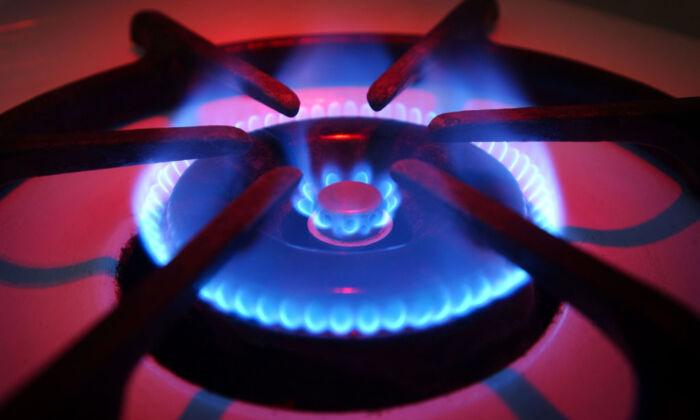- Ten Senate Republicans released a $618 billion counterproposal to President Joe Biden’s $1.9 trillion coronavirus relief package hours before they meet in hopes of finding some common ground, but the two proposals have far more differences than similarities.
- The $618 billion package only slightly resembles that of the Biden administration, whose proposal is three times as large and includes bigger stimulus checks for a greater number of people.
- “With your support, we believe Congress can once again craft a relief package that will provide meaningful, effective assistance to the American people and set us on a path to recovery,” the group of 10 wrote in a letter to Biden ahead of their meeting.
The $618 billion package only sightly resembles Biden’s, whose proposal is three times as large and includes bigger stimulus checks for a greater number of people. Despite the differences, the senators expressed willingness to work with Biden who campaigned on unity and his ability to reach across the aisle.
Though Biden has said that he hopes the final package is a bipartisan result, he also said that the final bill must be large instead of small, and has faced pressure from some Democrats to swiftly pass his package, even if it means doing so with only Democratic votes.
“With your support, we believe Congress can once again craft a relief package that will provide meaningful, effective assistance to the American people and set us on a path to recovery,” the group of 10 wrote in a letter to Biden ahead of their meeting. “We recognize your calls for unity and want to work in good faith with your administration to meet the health, economic and societal challenges of the COVID crisis.”
The senators planning to meet with Biden are West Virginia Sen. Shelley Moore Capito, Louisiana Sen. Bill Cassidy, Maine Sen. Susan Collins, Kansas Sen. Jerry Moran, Alaska Sen. Lisa Murkowski, Ohio Sen. Rob Portman, Utah Sen. Mitt Romney, South Dakota Sen. Mike Rounds, North Carolina Sen. Thom Tillis and Indiana Sen. Todd Young.
Stimulus Checks
One of the starkest differences between Republicans’ plan and Biden’s plan regards the size of any potential stimulus check and who will ultimately receive them.Biden campaigned on $2,000 checks, and his plan includes $1,400 checks (on top of the $600 checks in December’s package) for Americans earning $75,000 or less, and smaller checks for those earning less than $99,000.
The GOP plan instead offers $1,000 checks to a smaller subset of Americans. Instead of phasing out checks for those earning more than $75,000, Republicans’ plan would do so for individuals earning more than $40,000, and would not go to anybody earning more than $50,000.
Unemployment Benefits
While Biden’s plan allots $400 weekly unemployment checks through September, the GOP plan offers only $300 weekly checks through June. The benefits, which were renewed at $300 a week in December’s package after lapsing last July, are set to expire again in March.Vaccination and Public Health Measures
The two plans are relatively consistent regarding aid for the distribution, allocation and administration of coronavirus vaccines and other essential public health measures. Both plans call for a $160 billion national vaccination program, expansions to testing and other public health aid.Schools
Biden’s plan allocates far more money towards the reopening of schools than the Republican plan, though some of the difference would go to colleges suffering as a result of the pandemic instead of to K-12 institutions.State, Local And Small Business Aid
Disagreements regarding state and local aid have been common among Democrats and Republicans and factored into Congress’s inability to reach a deal for months across last year.Biden’s plan would give $440 billion to states and localities, with some being given in to small businesses in the form of grants and loans. But as much as $350 billion in emergency funding would go to state and local governments in an effort to help them boost their expansive payrolls.
The Minimum Wage
Biden’s plan would increase the national minimum wage from $7.25—where it has remained since 2009—to $15, though the timetable remains unclear. It would end the tipped minimum wage and sub-minimum wage for disabled people.Republicans have long objected to a $15 minimum wage, and no increases are included in the plan from the 10 GOP senators.
A 2019 Congressional Budget Office report found that a $15 minimum wage could result in higher pay for tens of millions of workers, but that it could also cost over one million jobs since some employers would terminate employees to reduce their costs.
Many large corporations have already raised the wages they pay their hourly workers and support a national increase, but many small businesses fear that they will be unable to withstand the higher costs associated with the move.





